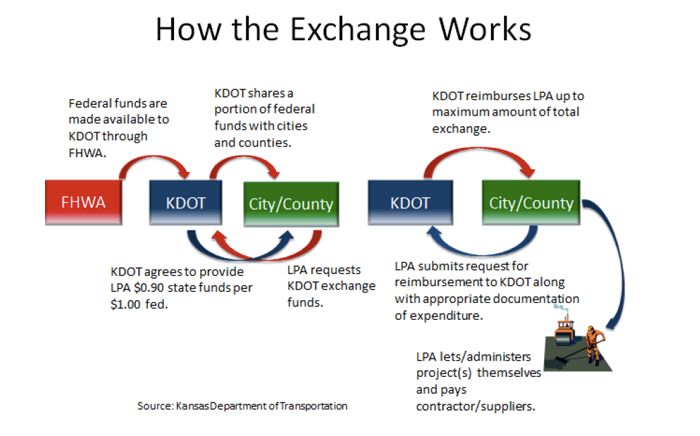Regional Coalitions Build Alabama's SHSP Update from the Ground Up
Background
Fatalities and serious injuries don't happen “statewide;” they happen in communities. Alabama (AL) is taking this notion to heart and using a bottom-up approach to update its Strategic Highway Safety Plan (SHSP). This means that rather than starting from a statewide perspective, State safety leaders will get the word straight from the proverbial horse's mouth, starting the 2017 SHSP update with input from regional coalitions who will provide a community perspective. Alabama will develop an overarching, statewide SHSP from the ground up, based on the input of the regional coalitions.
The Approach
Over the next two years, the Alabama Department of Transportation (ALDOT) will phase in this approach, beginning with four regions that represent diverse geographic and demographic characteristics, as well as highway safety issues experienced in rural, urban, and suburban areas. In addition, new regional coalitions will provide much needed specifics regarding traffic safety in various geographical and socio-economic conditions. This information will provide the AL SHSP Steering Committee with a solid foundation for applying the regional SHSP program to the remaining regions. Each region will be assigned the following tasks:
- Form a regional safety coalition to oversee the development of a regional safety plan (coalition membership will be similar to that required for a statewide SHSP);
- Identify the most serious traffic safety problems in each region using data collection and analysis; and
- Report back to the AL SHSP Steering Committee regarding the best safety countermeasures and programs for each region along with requests for assistance.
ALDOT will assist the first four regional coalitions in a variety of ways—e.g., data analysis, coalition building strategies, meeting planning and facilitation, research on countermeasure effectiveness, etc.—and will use those experiences to develop a user-friendly guidebook to document the type of assistance available and the required procedures for the remaining eight regional coalitions to follow. The guidebook will outline the costs and benefits of regional SHSP implementation including challenges, opportunities, and lessons learned. It will also provide implementation guidance and available resources.
Additional ALDOT Support for Regional Effort and SHSP Initiatives
To provide support for the regional planning effort and to improve traffic safety statewide, ALDOT is undertaking additional safety initiatives, such as:
- Forming a statewide SHSP Steering Committee;
- Assessing the strengths and weaknesses of current and past practices;
- Identifying other transportation and safety plans to ensure the SHSP is coordinated with all State safety planning efforts;
- Implementing data improvements such as converting link-node to GIS and developing an Annual Average Daily Traffic (AADT) estimation methodology;
- Developing guidance and tools such as a road safety assessment manual, an HSIP management manual, a horizontal curve resigning program, electronic ball bank equipment and training, and an Alabama roundabout guide;
- Determining safety workforce development needs, and communicating those needs to officials at the DOT and other agencies;
- Conducting research to document the benefits of investments in law enforcement and first responder training, enhanced enforcement, high-friction surface treatments, and methods to deter drowsy and fatigued driving;
- Integrating safety and operations activities; and
- Creating a safety forecasting tool (ALSAFE).
Benefit
Regional coalitions will have direct, substantial, and meaningful input into the development of the statewide SHSP strategies and countermeasures, ones that take into account regional conditions and priorities. This approach gives local agencies a greater stake in safety outcomes and increases the likelihood of a successful implementation of the updated SHSP. Further, the experience of the first four regional coalitions will provide real-world examples to the remaining eight regional coalitions as they embark on the development of their regional safety plans.
Contact
Timothy E. Barnett, PE, PTOE
State Safety Operations Engineer
Alabama Department of Transportation
barnettt@dot.state.al.us



